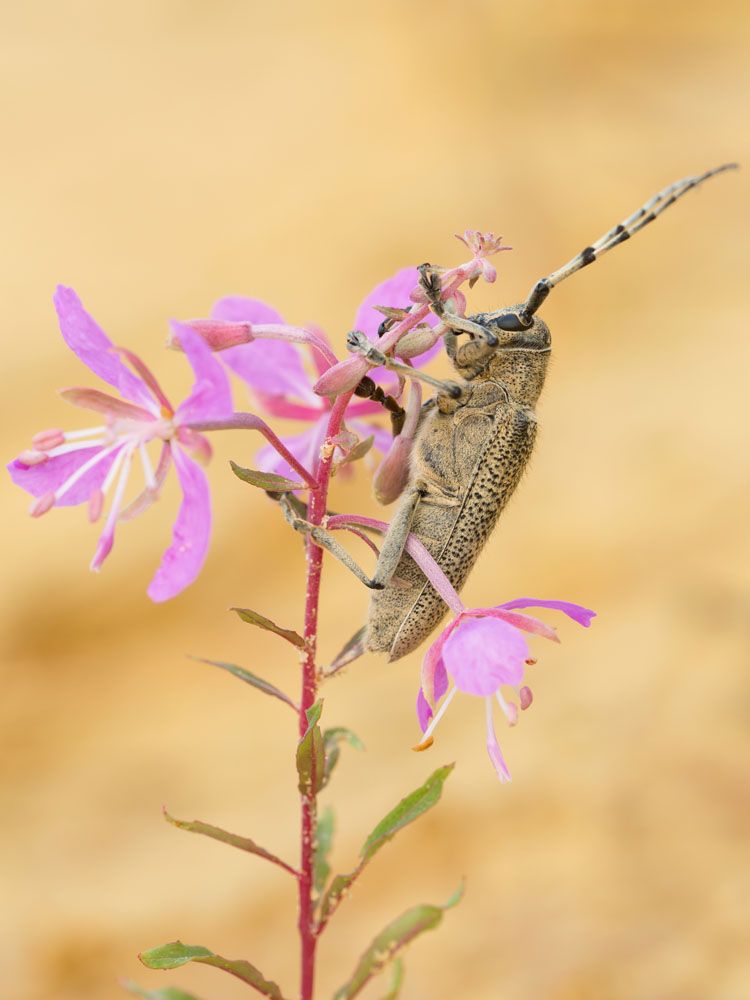
Poplar-gall Saperda – Saperda inornata
Poplar-gall Saperda (Saperda inornata)
Latin Name: Saperda inornata
Common Name: Poplar-gall Saperda
Appearance:
- Adult beetles cut stems or branches, leaving egg niches (horseshoe-shaped scars).
- A grey beetle is about one-third to half an inch in length on the leaf or stem.
- Above the gall, there are broken or dead tree or branch tips.
- In the woody tissues of the gall, white larvae or pupae can be seen.
- An empty gall has a hole on one side.
